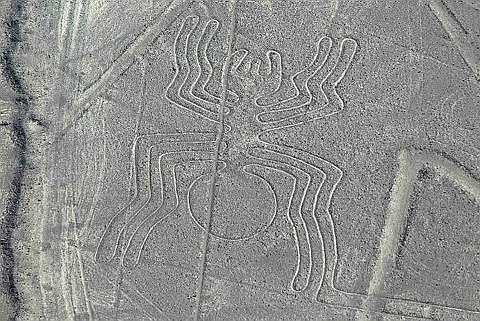INTERESTING PEOPLE
One of the great things about travel is the interesting people one meets. Most travelers, as opposed to tourists maybe, are very easy to meet and welcome the opportunity to talk about where they have been, where they are going, and to pass on suggestions for accommodation, tours, eating, etc. Generally I find it easy to strike up a conversation with folks and I have met many. But three I have met so far stand out.
Austria Japan Walking
At the Chilean/Argentina border on the way back from my visit to Torres del Paines, a dusty, barren, out of the way, little spot with just a few houses and a couple of cafes, I couldn't help but notice a young guy striding up to the border control. He was covered in dust and more than a little tattered looking. As he walked by me I saw he had a sign on his backpack, something like 'Austria Japan Walking'. Of course I had to talk to him. I didn't get his name as we only spoke briefly, but this young guy started out in
Vienna more than two years ago. He has
walked across Europe to
Lisbon where he caught a flight to Ushuaia, and he is now walking through
Chile (he will skip the northern desert),
Peru, and
Ecuador where he then flys to
San Diego to walk to
Vancouver. from
Vancouver he will fly to
Japan to walk the length of it. He was perky as hell and sure didn't appear to be bored, or discouraged, or in any way looking like he might quit before he completes his stroll.
Charley from Texas
Another interesting guy was Charley, a
Texas dirt farmer who, having just visited
Antarctica, traveled along the same bus route as I did from Ushuaia to Punt Arenas and on to Puerto Natales. Charley appeared to be in his mid fifties, had a sizeable paunch and a scruffy beard, he wore a baseball cap, checkered shirts, and well frayed pants. He was traveling without a guidebook which makes me think he could not read, or certainly not well, and that he did acknowledge. Charley looked less like a traveler than any one I have ever met, American or otherwise. In fact, as I've traveled, Americans are generally conspicuous by their absence. I have seen more here in
South America than other places, but usually they are young people or those who travel somewhat upscale, certainly more upscale than Charley. Charley spent his whole life happily living as a stereotypical Texan on his farm near the Mexican border. September 11 changed all that. He decided something was wrong with all he had been told and believed; he sold his farm and has set out to learn what the hell the world is all about. More power to him. I wish I had spent more time talking with Charley, as he is certainly unique for his peer group in wanting to learn more of the world and how
America fits into it.
And then there is Nick. As I was boarding the bus for Punt Arenas I noticed a bicycle and a bunch of well worn cycling gear being loaded on. Nick Lenzmeier, mid thirties and out of
San Francisco had just completed an incredible journey, cycling from
Prudhoe Bay, Alaska to Ushuaia, a trip which took him 20 months and covered more than 33,000km. He pedaled every inch of the way except for the Darrien Gap in
Columbia, which is considered unsafe for armies, let alone individuals. He was so unassuming about his achievment it was completely disarming. Almost, 'ho hum, well that's over'. He did admit that he delayed a couple of days in the city of Rio Grande just out of Ushuaia, as apparently do many other Pan-American cyclists, reluctant to finish, and to having felt somewhat melancholy when he did. Nick has a great website with lots of excellent pictures if you want to read the whole saga,
http://www.the-road-south.com/, about as modest of a name as he could have chosen for such a monumental ride.
